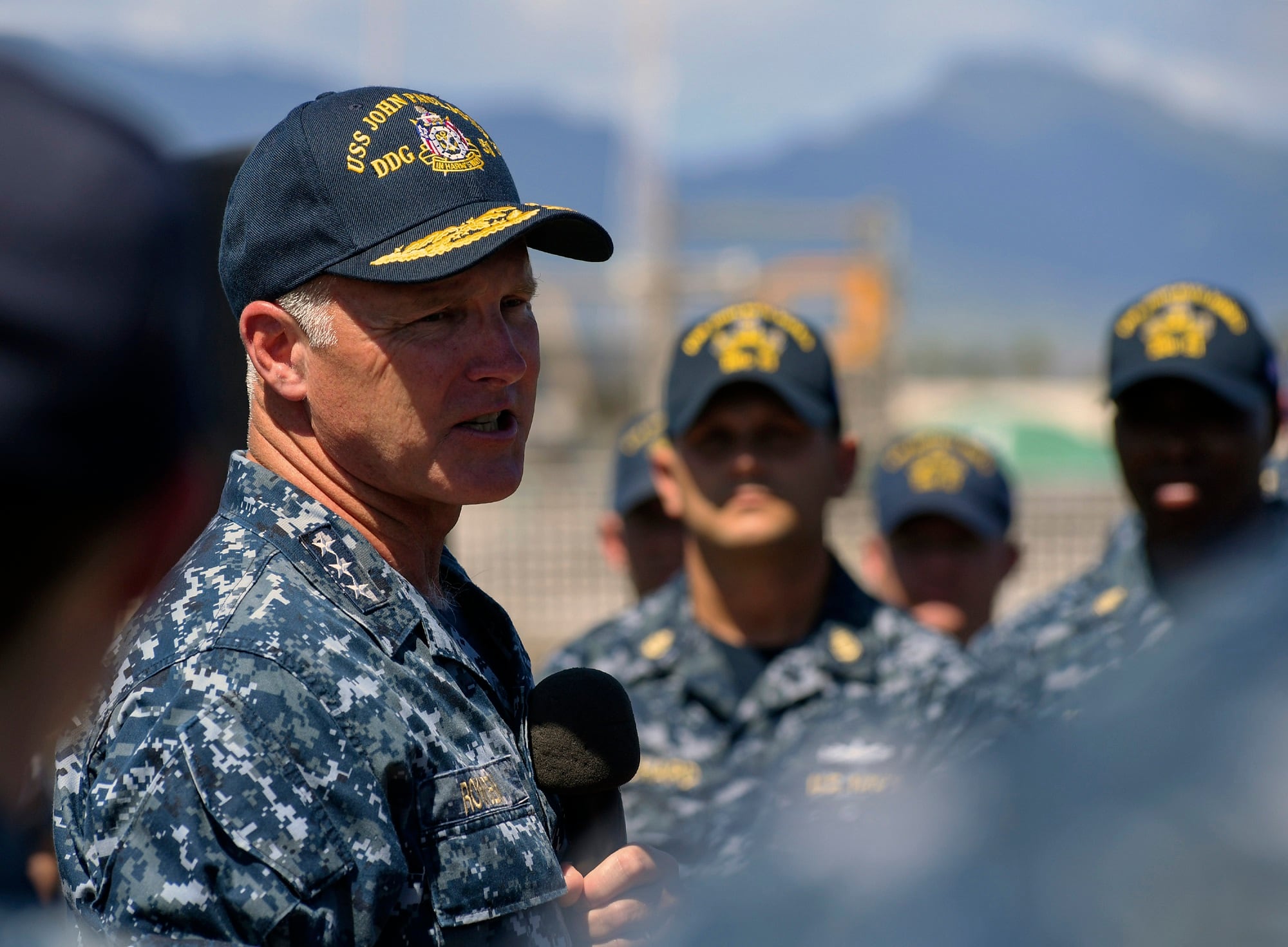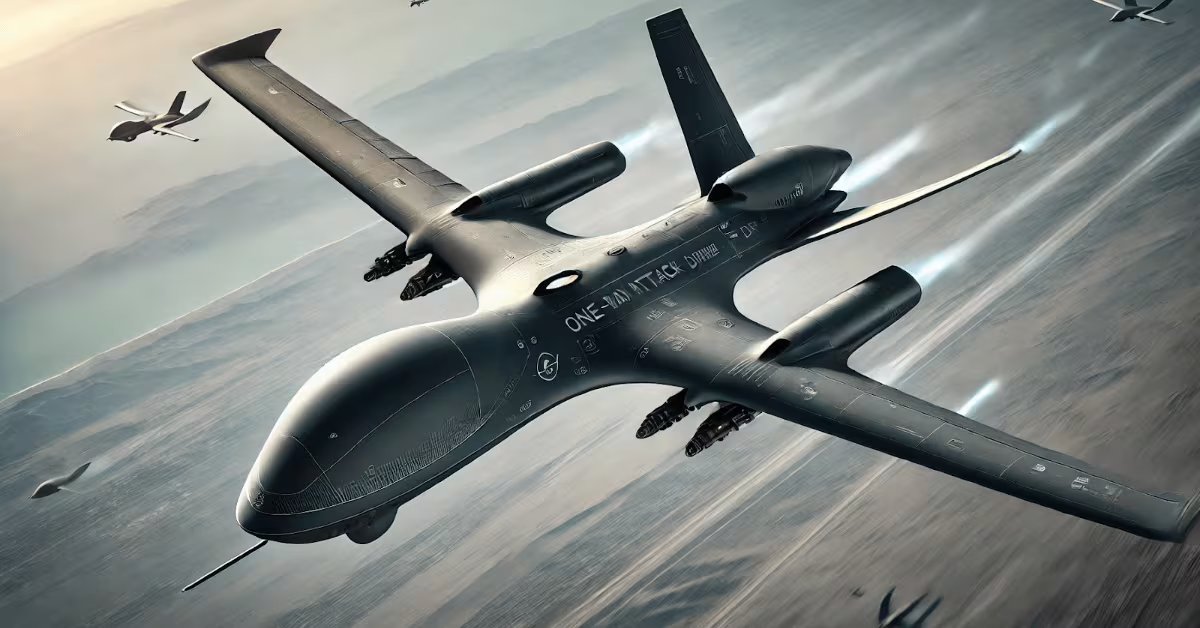The Navy is looking to slash the time surface warfare officers spend on shore in a bid to boost seamanship skills and prevent them from atrophying during rear echelon assignments.
The effort spearheaded by new Surface Warfare boss Vice Adm. Rich Brown aims to address concerns arising from a pair of reviews following last summer’s fatal collisions in Asia, which concluded that SWOs were getting insufficient ship-handling experience and that their skills degrade during long shore assignments.
The plan currently in development will be to ensure that SWOs do their division officer and department head tours on ships, instead of staff or squadrons billets that spend much of their time on shore, Brown told an audience Feb. 14 at the Center For Strategic and International Studies.
Destroyer Squadron and Amphibious Squadron billets will all be post-DIVO and Department Head tours.
RELATED

That plan has the seal of approval from Fleet Forces commander Adm. Phil Davidson, Brown said, but it will need to be reviewed by the chief of naval operations.
Another initiative Brown is looking to spearhead is to cut the time between a department head tour and an officer’s executive officer/commanding officer fleet-up tour – a tour where a junior commander or senior lieutenant commander gets selected to move from an XO tour and, if approved by the outgoing CO and immediate superior, take command of the ship.
That tour keeps the same officer on the ship for three years.
Today the average officer spends about 5.3 years between his or her department head tour and fleet-up tour, Brown said, but the aim is to cut that time to 4.5 years.
Brown also offered a strong defense of the fleet-up program that came into existence in the mid-2000s, but has been a source of some controversy for a variety of reasons.
“Under the traditional career path, the average time between XO ride and CO ride was four years,” Brown said. “So, the question is, where do you want to take your degradation of skills? Before the XO tour or the CO tour? Under the fleet up model, there is zero degradation of skills between the XO tour and the CO tour, it was the driving factor behind fleet up.”
The fleet-up program also creates more investment in the material condition of the ships that officers serve on because it helps them understand the issues and gives them time to chip away at nagging issues.

Additionally, the program ensures that poor-performing XOs won’t take command, he argued, adding that 21 officers have been prevented from assuming command for various reasons since the program’s inception.
“That is a safety valve, and we think it’s a great safety valve,” Brown said.
The arguments don’t convince everyone, however. The program leaves holes in other places in the surface warfare enterprise and overloads other areas with hot-running officers, said retired Capt. Rick Hoffman, a former skipper of the cruiser Hue City.
While Hoffman concedes that the fleet-up program has benefits, the drawbacks include packing too many hot-running commanders on hulls with Fleet-up paths and directing them away from other platforms such as cruisers, which are an O-6 major command with no fleet-up path.
“Meanwhile, on [Littoral Combat Ships], I have no fewer than four commanders affiliated with one hull,” Hoffman said. (Under the new model for manning LCS, two crews associate with one hull.)
Hoffman agreed that the gap between XO and CO under the traditional model is an issue, but not an intractable one.
“Clearly that gap can be overcome by training, preparation, turnover time, etc,” he said. “But ultimately the XO/CO fleet-up program didn’t prevent the McCain or Fitzgerald accidents over the summer. Under that logic, the last place you should have problems is on the bridge.”
David B. Larter was the naval warfare reporter for Defense News.








